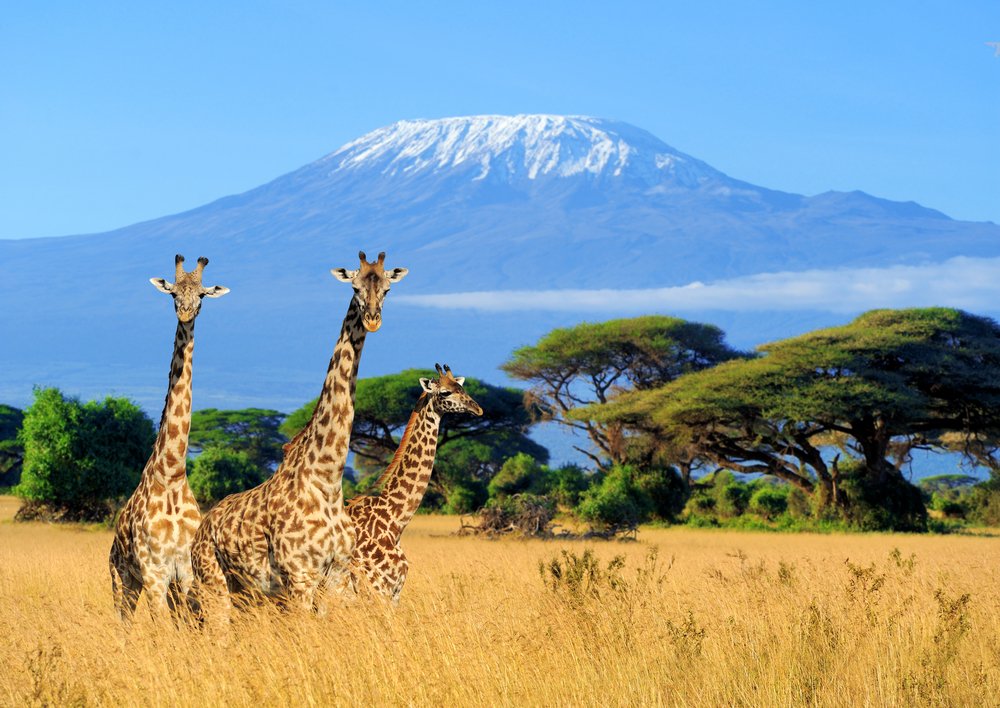
overview of Kilimanjaro National Park
The highest mountain in Africa and the highest single mountain in the world, Kilimanjaro's slopes support five distinct vegetation zones at various altitudes. From lowest to highest, these are the cultivated lower slopes, the montane forest, heath and moorland vegetation, alpine vegetation and the barren zone at the summit.Kilimanjaro National Park protects the Tanzanian part of Mount Kilimanjaro above the 2,700m contour - an area of 756km2.
The base of Kilimanjaro used to be forested but is now covered almost entirely by farmland. The volcanic soil is extremely fertile, and a dense human population lives on the lower slopes of the mountain, but the most interesting feature is probably the huge number of wildflowers that occur between Marangu and the gate of the park.Montane forest occupies Kilimanjaro's slopes between 1,800 and 3,000m. This is probably the most biodiverse area of the mountain, supporting many different species of fauna (including large mammals and four endemic species of butterfly) as well as flora, and receiving an annual rainfall of about 2,000mm.
The moorland zone between 3,000 and 4,000m is more sparsely vegetated with heath-like vegetation and wild flowers. Animals are rare here, but you're quite likely to see pairs of klipspringers watching you timidly or bounding nimbly up or down impossibly steep inclines.The alpine zone between 4,000 and 5,000m receives less than 250mm of rain a year, and is classified accordingly as a semi-desert. Vegetation here is mostly lichen, moss and grass - whatever is hardy enough to survive freezing temperatures at night and more than 30°C during the day.
The arctic zone is at the peak of Kilimanjaro, above 5,000m. There's hardly any life here except for lichen, since the area receives hardly any rainfall. The most interesting features here are the deep ash pit, the Great Northern Glacier and the craters of Kibo peak.At the foot of majestic Mount Kilimanjaro, lie bustling towns like Moshi and Marangu where you may catch a glimpse of the colourful, village life.
Kili Trekking
As wide as all the world, great, high and unbelievably white in the sun was the square top of Kilimanjaro." - Ernest Hemmingway, The Snows of Kilimanjaro Kilimanjaro with its gleaming glaciers, is a magnificent mountain. It stands majestically amidst vast open plains, inviting you to the challenge to climb to the top through the farms, rain forest, pass through the moorland, to highland desert and witness the eternal snow on "The Roof of Africa."
The MountainKilimanjaro stands 330 kms south of the equator, on the northern boundary of Tanzania. Its location on an open plain close to the Indian Ocean, and its great size and height strongly influence the climate and thus its vegetation, animal life and climbing conditions.Kilimanjaro is the highest mountain in Africa. It is composed of three extinct volcanoes: Kibo 5895m (19340ft), Mawenzi 5149m (16896ft), and Shira 3962m (13000ft). It is one of the worlds highest free standing mountains, its bulk looming 4800m above an undulating plain that averages 1000m above sea level. On a clear day, it can be seen from more then 150 kms away. Its peak is permanently snow covered, though only 3 degrees below the equator. Kilimanjaro can be climbed by any physically fit person. No climbing experience is necessary.
Weather
Kilimanjaro can be climbed at any time of the year, but there are two rainy seasons - Late March to Mid June and October to November. The best Months are January to March and July to October, usually cloudless days. During the day temperature at 4000m tends to be 15°C. When the sun is covered,temperatures drop. At night, temperature falls to -10°C. At the summit, temperatures are about 5°C during the day and drop to between -18°C and -22°C at night.
Miscellaneous
Porters and guides accompany each group. The Kilimanjaro Central Control Unit has a reliable, equipped rescue team on the Marangu route. Equipment such as sleeping bags, mountain boots, thick sweaters, balaclava, gloves and so on are required, but we can arrange to have this equipment rented and ready for you to use. Kilimanjaro is not just a mountain to conquer, but also changing scenes and landscapes to enjoy, and rich in a wide variety of birdlife, flora and fauna. Mount Kilimanjaro climbing Routes
Accommodation
A larger, central communal living, surrounded by a village of small sleeping huts along the Marangu Route. Other routes lack the essential facilities available along the Marangu Route.
Hotels along the route
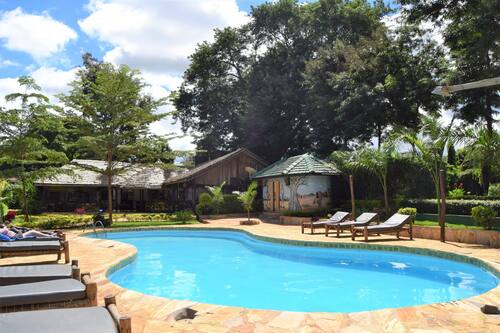
Mt. Inn
- Situated about 6 kms out of Moshi Town on the way to Marangu.
- Mt. Inn is a budget standard lodge.
- Accommodation consists of 14 doubles and 4 single rooms each of them having a private bath with hot water showers.
- The hotel is surrounded by a beautiful garden.
- Facilities include a bar and balcony restaurant.
- Living up to highest industry standards
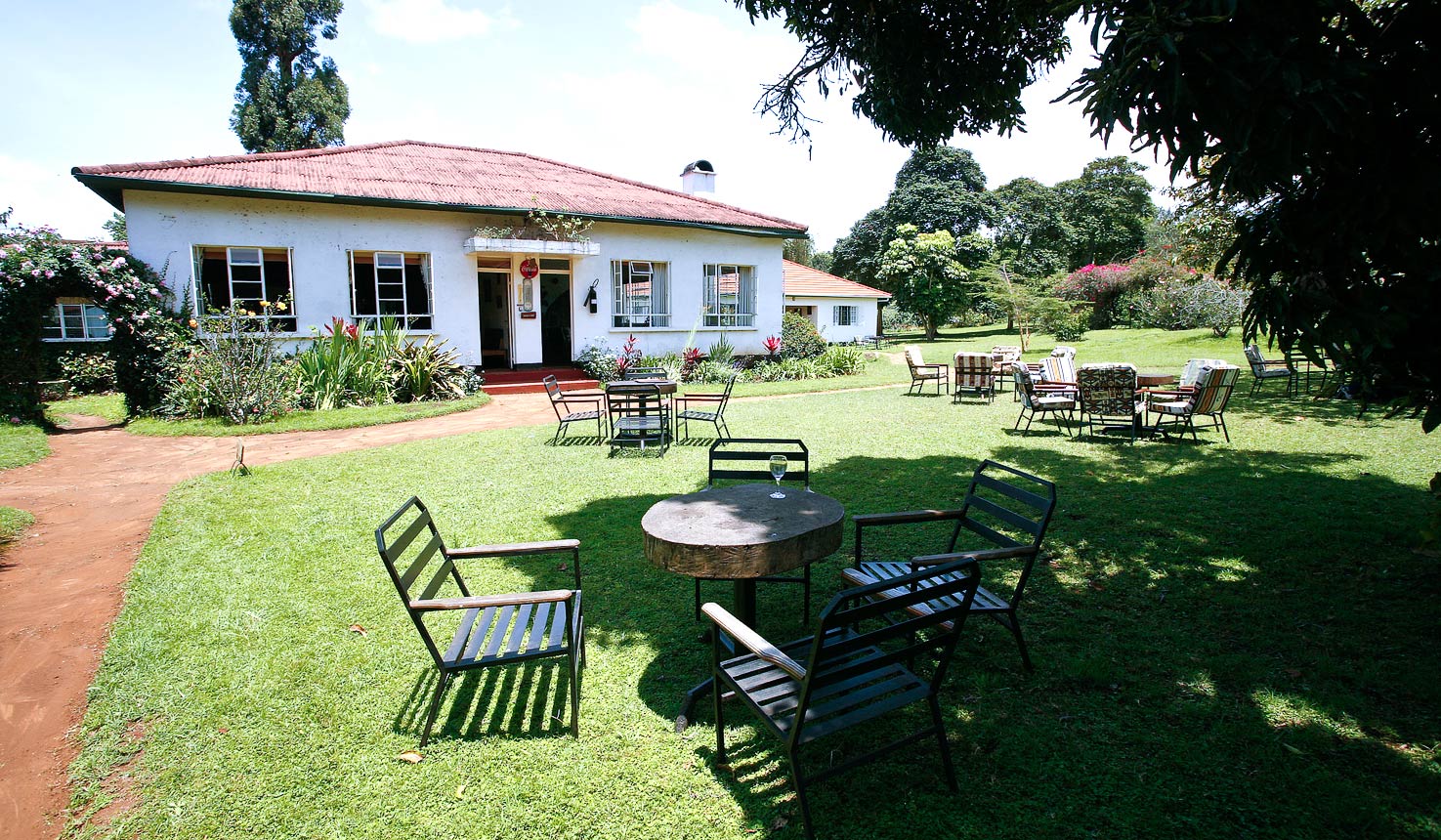
Marangu Hotel
- Situated on the slopes of Mt. Kilimanjaro
- 6 kilometres from the point from where climbers begin and end their climb.
- It stands in twelve acres of mature, well laid out gardens.
- It offers magnificent views of Kilimanjaro's twin peaks - ice capped Kibo and rocky Mawenzi.
- Guest accommodation is provided in cottages around the grounds.
- All rooms have private bathrooms with bath or shower. For recreation, the hotel has a croquet lawn.
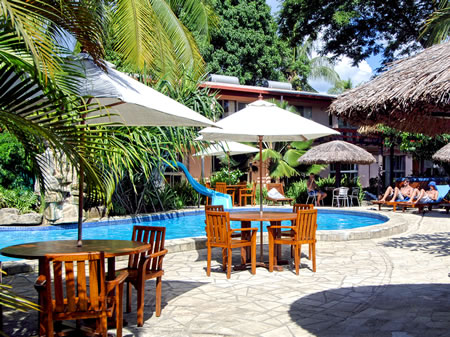
Capricorn Hotel
- Situated at the foot of Mount Kilimanjaro at an altitude of 1,700 meters and located less then three kms from the Marangu gate.
- The Hotel has 25 ensuite self contained rooms, overlooking the surrounding gardens and lush greenery.
- All 62 bedrooms and the swimming pool take full advantage of the breath -taking view.
- All 62 bedrooms and the swimming pool take full advantage of the breath -taking view.
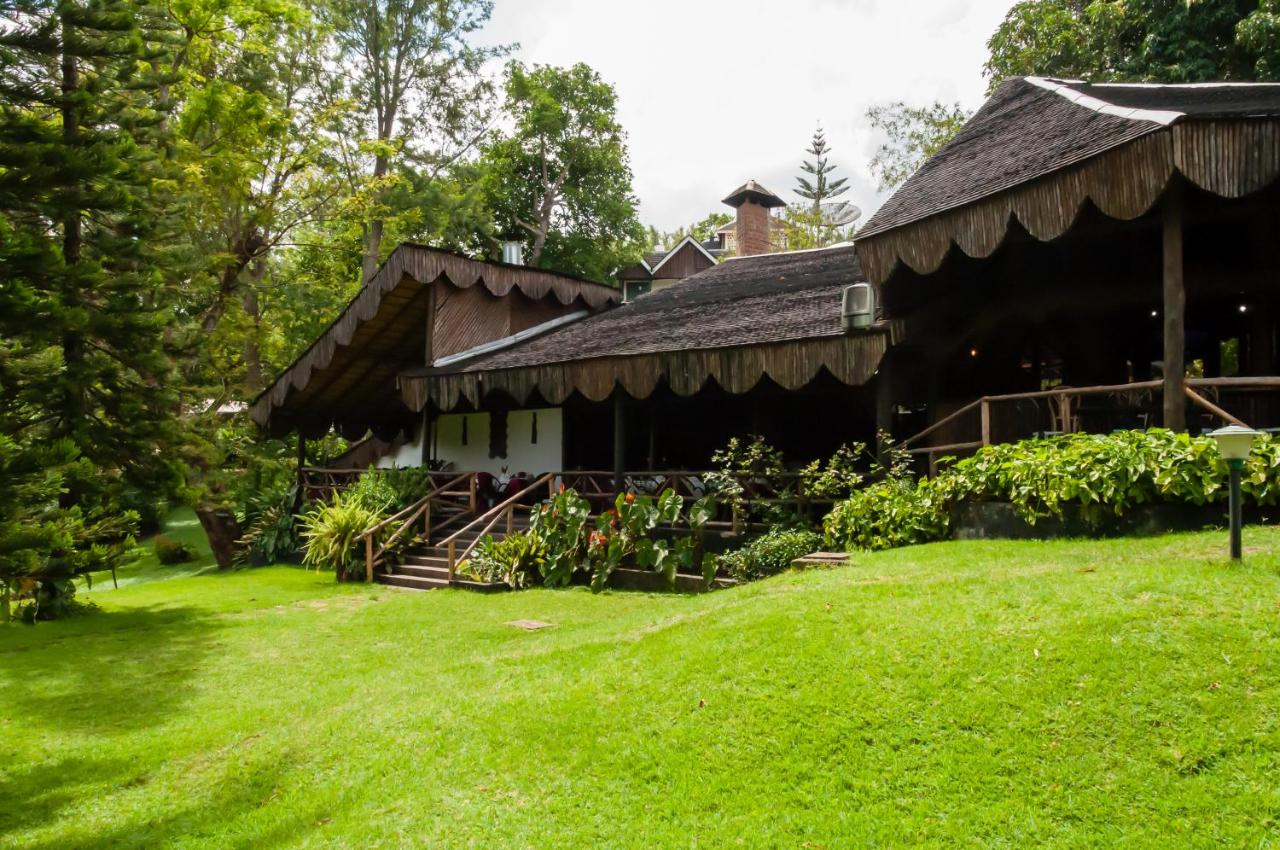
Protea Aishi Machame
- Situated at the foot of Mt. Kilimanjaro
- Aishi is located a few kilometres from the Machame Gate where climbers commence their ascent of this most majestic mountain by way of the picturesque Machame Trail.
- All en-suite bedrooms have just been completely refurbished and a restaurant and bar is available at the hotel.
- Nature walks and cultural tours around the area can also be organised by the hotel.